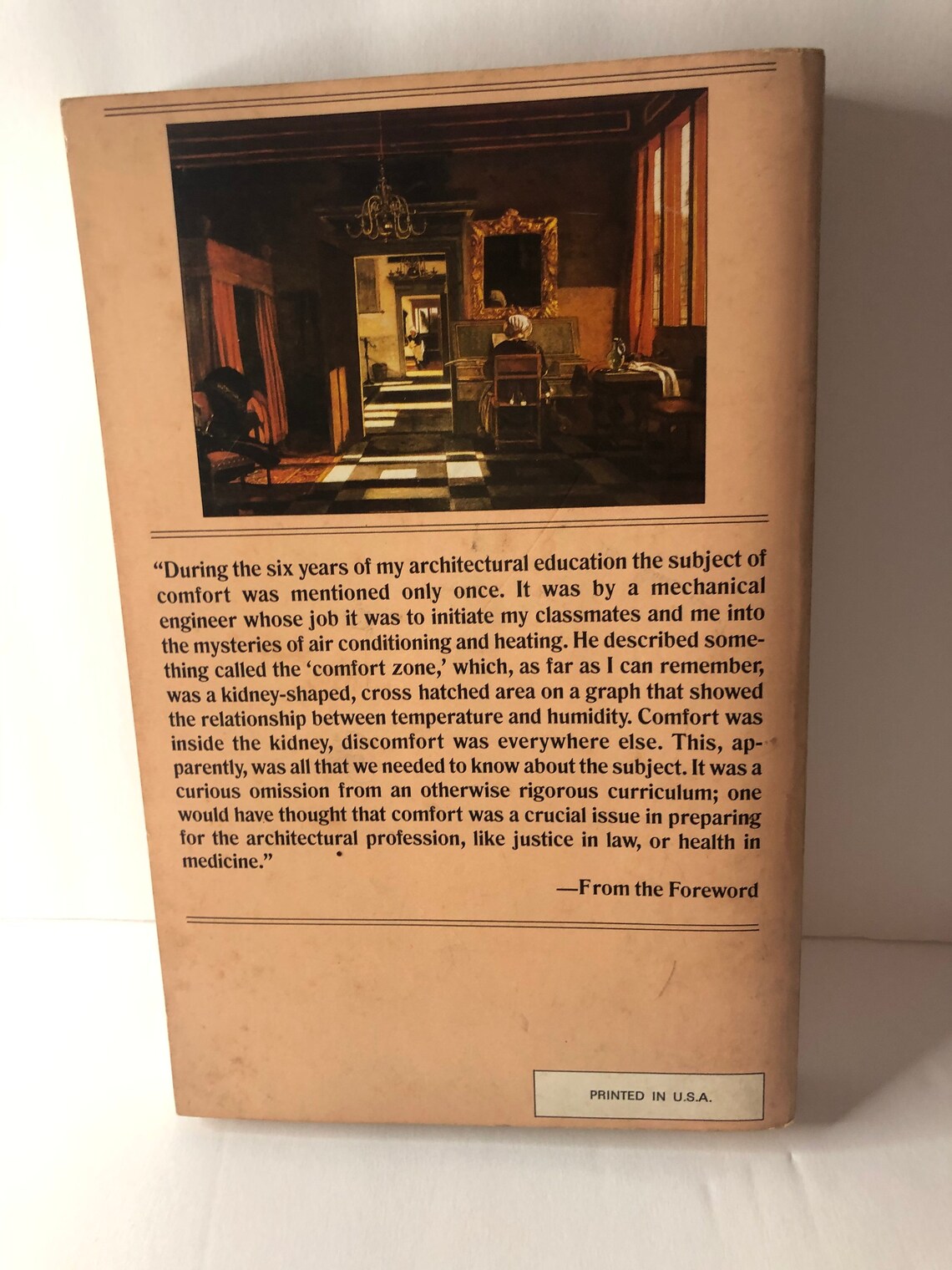

To begin with, in the Middle Ages the vast majority of people did not live in houses, they lived in hovels.

It proved a more complicated and elusive inquiry than he had at first imagined, but eventually Rybczynski concluded that "domestic comfort involves a range of attributes - convenience, efficiency, leisure, ease, pleasure, domesticity, intimacy and privacy - all of which contribute to the experience." In the course of his brief yet highly informative analysis Rybczynski shows how all of these attributes evolved over the past several centuries, combining to create a sense of "home" that we take entirely for granted yet that would have been unimaginable 500 years ago.

It is also an idea, in Rybczynski's idiosyncratic but highly persuasive view, that has been altered and endangered by contemporary architecture and interior design, which have abandoned traditional ways of creating comfort in order to place principal emphasis on artistic appeal.Ĭomfort: the word occurs over and again in this study, for if the book is a history of "home" in the Western world it is also a meditation on the meaning of comfort, which Rybczynski heard mentioned only once in his six years of architectural study yet which he correctly regards as the key to our feelings about the buildings in which we live. THE IDEA OF "home" "the house, but also everything that was in it and around it, as well as the people, and the sense of satisfaction and contentment that all these conveyed" - may seem as old as the hills, but as Witold Rybczynski demonstrates in this exceptionally interesting and provocative book, it is a relatively modern notion that did not really begin to take shape until after the Middle Ages.


 0 kommentar(er)
0 kommentar(er)
